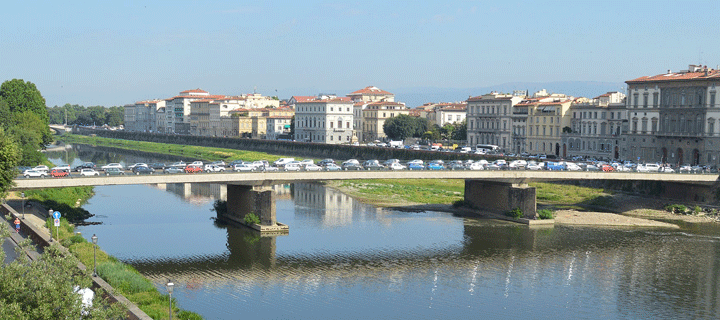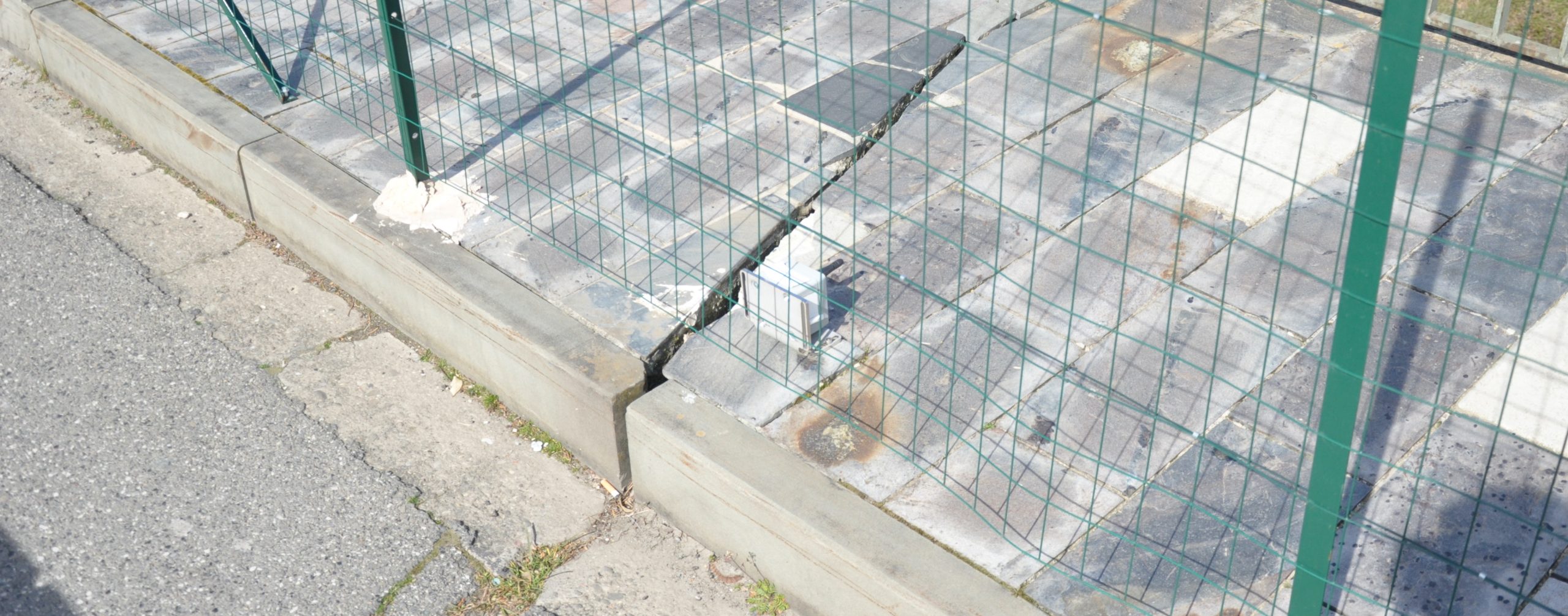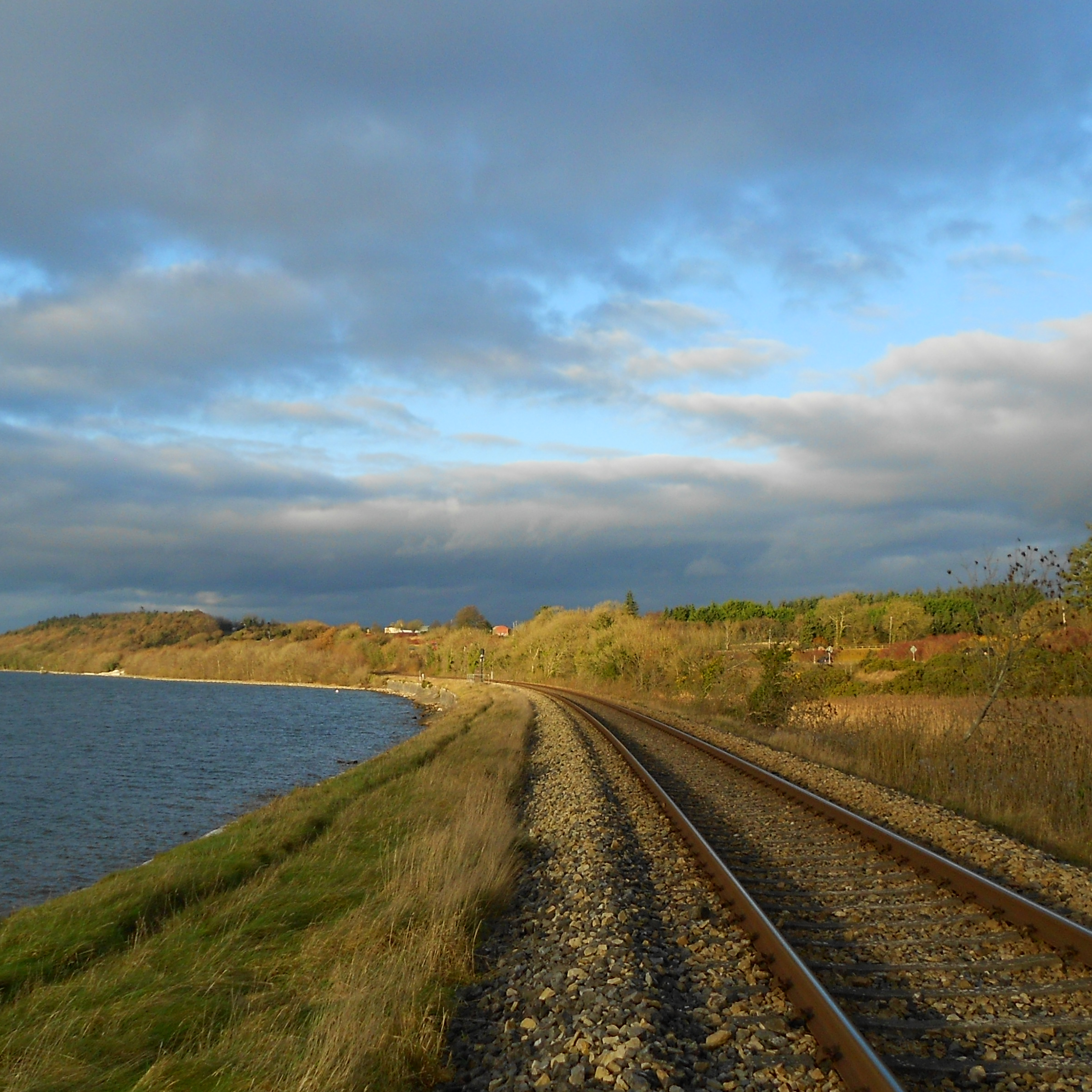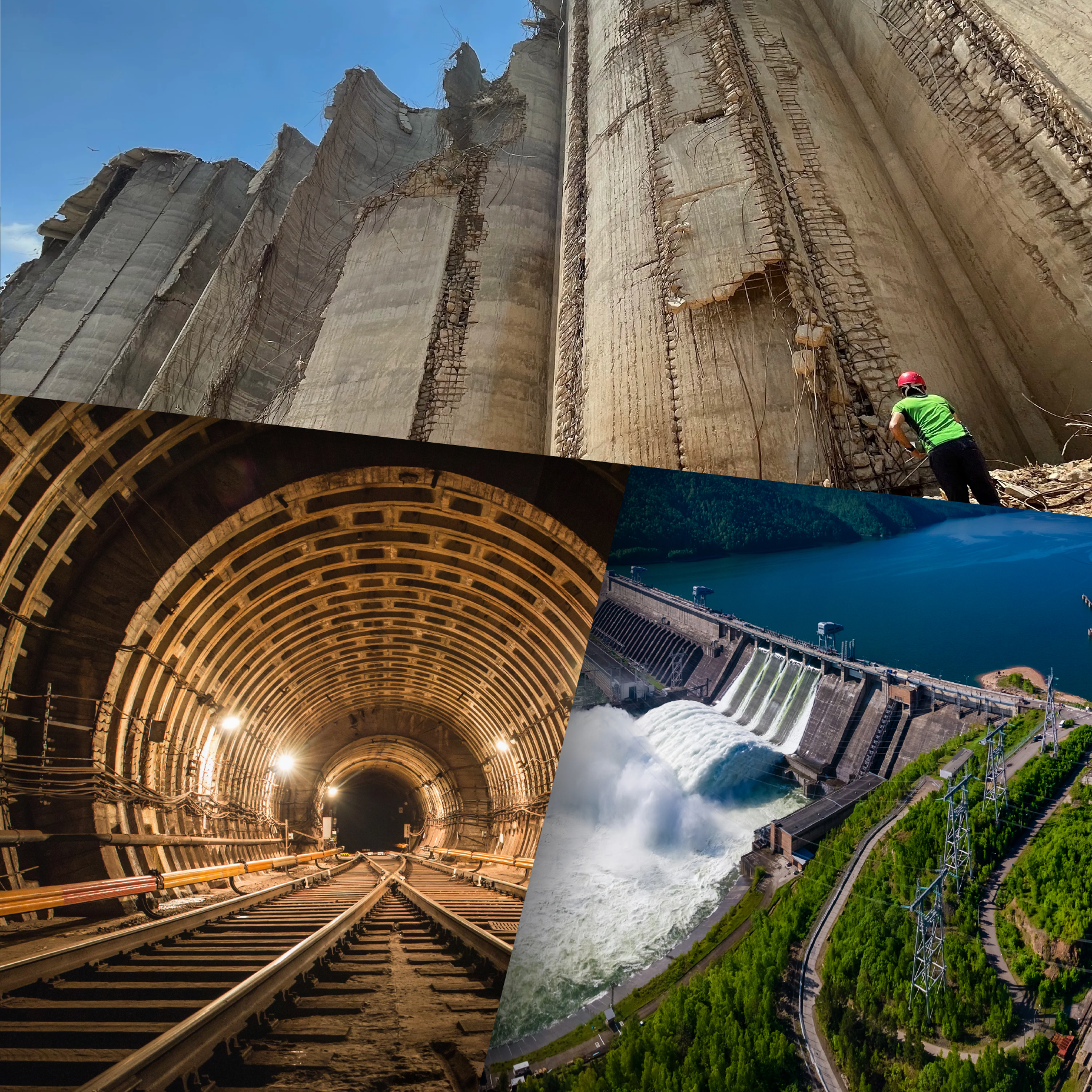Digital infrastructures: the new distruptive innovation
April 2022
A new era is coming — one that uses technology to embrace resilience, innovation and adaptability like never before.
All industries are facing a new technological and cultural disruption driven by three main factors: the breaking down of the barriers between Information Technology (IT) and Operational Technology (OT); the exponential growth of connectivity and data analysis through artificial intelligence; and the transformation of value chains with increasing attention to sustainability.
Businesses are realising that thanks to Digital Transformation, opting for more far-seeing and environmentally sustainable choices is a win-win situation.
In fact, improving efficiency through technology can not only reduce waste and pollution, and enhance safety, but it can also save costs and increase profitability.
That also applies to the world of infrastructures.
Introducing IoT technology to the world of infrastructures is creating a new frontier for modern structural health monitoring, allowing a level of control that was impossible before.
The problem of determining the structural safety level of civil infrastructures and buildings has raised growing concern all over the world. An example is reinforced concrete constructions: early 20th-century engineers believed they would last up to 1,000 years. We now know that their life span is around 50-100 years, sometimes less, with deterioration that can begin only after 10 years. That is why today it is critically important to face the problem of assessing their level of safety and structural integrity.

Thanks to IoT technology, we are able to provide wireless, small, non-destructive, low-cost devices that can be easily installed anywhere, with already integrated data-management software. That means that users and authorities can significantly reduce costs related to sensors, installation and monitoring process; preserve the integrity and the harmony of their structure (particularly important for historical buildings); better understand their data thanks to graphs and algorithms that make them more comprehensible; receive alerts in case of anomalies; have their structural health under control at all times, from anywhere they are.
Last, but not least, the use of IoT sensors is a more sustainable approach to SHM. In fact, it reduces commuting, as the structure health does not need to be checked on site; it cuts pollution generated by complex installations; thanks to continuous and precise monitoring, it also helps detecting problems in time, allowing restoration instead of demolition (with its consequent need for waste disposal).
Overall, using IoT devices for structural health monitoring helps towards a more efficient use of the resources with positive implications both for the environment and the business operational costs.

We want to work for a world where technology is used to be a catalyst for beautiful and much-needed change, a powerful tool that can help businesses adapt to clients’ needs, building a safer and better world for everyone.
By listening to the needs of people and of our planet we can direct technology towards the creation of a much more collaborative and cleaner world: only that can and must be the final aim of this digital transformation.









